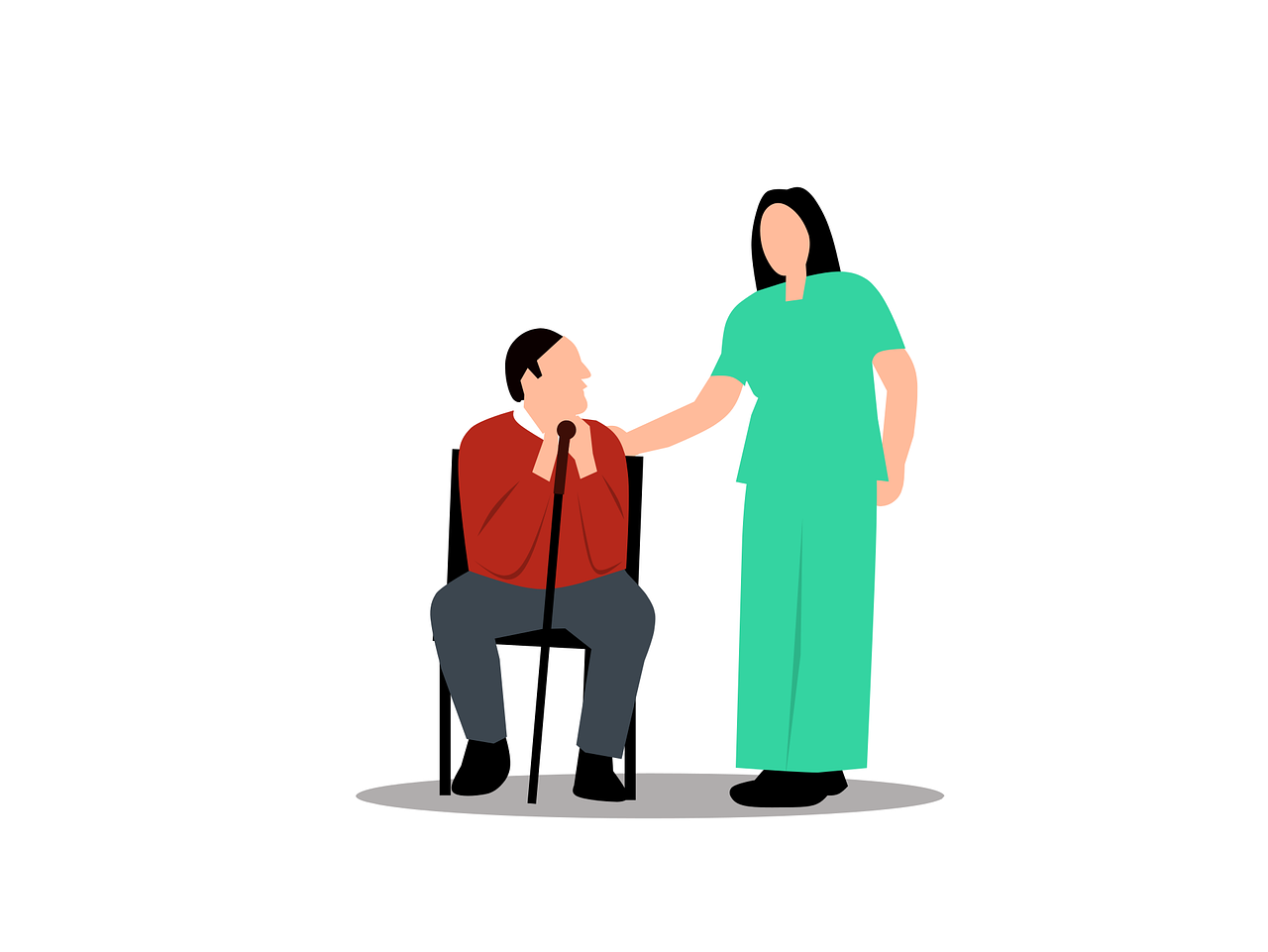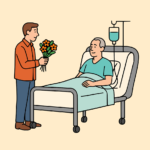Book Appointment Now

Grand Theories and Middle Range Theories in Nursing
Nursing as a profession is deeply rooted in theoretical frameworks that guide practice, research, and education. Grand theories and middle-range theories are two key classifications within these frameworks that serve different purposes within the discipline. Understanding the differences between grand and middle-range nursing theories is essential for both practicing nurses and researchers, as each theory type contributes uniquely to the development of nursing knowledge.
Looking for essay writing help withgrand and middle-range nursing theories paper?
Help With Nursing Essay
What Are Nursing Theories?
Nursing theories are systematic sets of ideas and principles used to explain various aspects of nursing care. These theories provide a foundation for nurses to make informed decisions and offer a rationale for their actions. They range in scope and complexity, with the two main categories being grand theories and middle range theories.
Importance of Nursing Theories
- Guides clinical practice: Theories help nurses understand patient needs and apply the most effective care approaches.
- Supports research: Theories offer a framework for developing and testing hypotheses in nursing research.
- Enhances education: Nursing theories provide foundational knowledge for nursing curricula.
Grand Theories in Nursing
Definition of Grand Theories
Grand theories in nursing are broad, abstract conceptual frameworks that provide a comprehensive overview of nursing. These theories cover the full spectrum of the nursing discipline, offering insights into the nature of nursing as a profession, the role of nurses, and the relationships between nurses and patients.
Characteristics of Grand Theories
- Broad scope: Grand theories attempt to explain nursing as a whole rather than focusing on specific aspects of nursing care.
- Abstract concepts: They use high-level, abstract ideas that are not directly testable or easily applicable to everyday nursing practice.
- Philosophical foundation: Grand theories often reflect the personal philosophies and worldviews of their authors, influencing how they conceptualize nursing.
Examples of Grand Theories
- Florence Nightingale’s Environmental Theory: Emphasizes the importance of the environment in patient care.
- Dorothea Orem’s Self-Care Deficit Theory: Focuses on the patient’s ability to care for themselves and the nurse’s role in supporting this self-care.
- Jean Watson’s Theory of Human Caring: Highlights the importance of human connection and caring in nursing practice.
Middle Range Theories in Nursing
Definition of Middle Range Theories
Middle range theories in nursing are narrower in scope and more concrete than grand theories. These theories focus on specific phenomena, such as particular patient populations, health conditions, or types of care. Middle range theories are designed to be more directly applicable to clinical practice and research.
Characteristics of Middle Range Theories
- Focused scope: These theories address specific areas within nursing, making them more relevant to everyday practice.
- Testable and applicable: Middle range theories contain concepts that can be empirically tested and applied to solve clinical problems.
- Practical relevance: Nurses and researchers can use middle range theories to inform their interventions, making them highly useful in clinical settings.
Examples of Middle Range Theories
- Kolcaba’s Theory of Comfort: Focuses on enhancing patient comfort in healthcare settings.
- Pender’s Health Promotion Model: Aims to encourage healthy behaviors by understanding personal factors and environmental influences.
- Benner’s Novice to Expert Model: Describes the progression of nurses through various stages of competency, from beginner to expert.
Key Differences Between Grand Theories and Middle Range Theories
1. Scope and Focus
- Grand theories are broad and cover the entire discipline of nursing, offering an overarching view of nursing’s purpose and practice. They tend to be less specific and more philosophical.
- Middle range theories are more focused, addressing specific issues, patient populations, or nursing tasks. They are designed to be practical and easily applied in clinical settings.
2. Level of Abstraction
- Grand theories deal with abstract concepts that are not easily tested or applied in practice. They serve as a guiding philosophy for the discipline of nursing.
- Middle range theories are more concrete and contain variables that can be tested through research. They bridge the gap between grand theories and the practical demands of nursing.
3. Application in Nursing Practice
- Grand theories provide a general framework for understanding nursing but are less likely to offer direct solutions to specific nursing problems.
- Middle range theories are highly applicable to clinical practice, offering insights that can inform specific interventions or care approaches.
Check out: Application of nursing theory samples
4. Research Relevance
- Grand theories often serve as a starting point for theoretical discussions and foundational research in nursing. However, they may not directly guide empirical studies.
- Middle range theories are frequently used in nursing research because they provide a focused framework for testing hypotheses and guiding studies that directly impact patient care.
Both grand theories and middle range theories are vital components of nursing knowledge, each serving distinct roles within the profession. Grand theories offer a broad, philosophical perspective on the nature of nursing, while middle range theories provide practical, testable frameworks that guide clinical practice and research. For nurses, understanding these theories’ differences is crucial for applying the right theoretical models in both practice and academic settings.
By distinguishing between these two categories of nursing theories, professionals can better align their work with the theoretical frameworks most relevant to their specific goals, ensuring that nursing care remains grounded in evidence-based practice.







